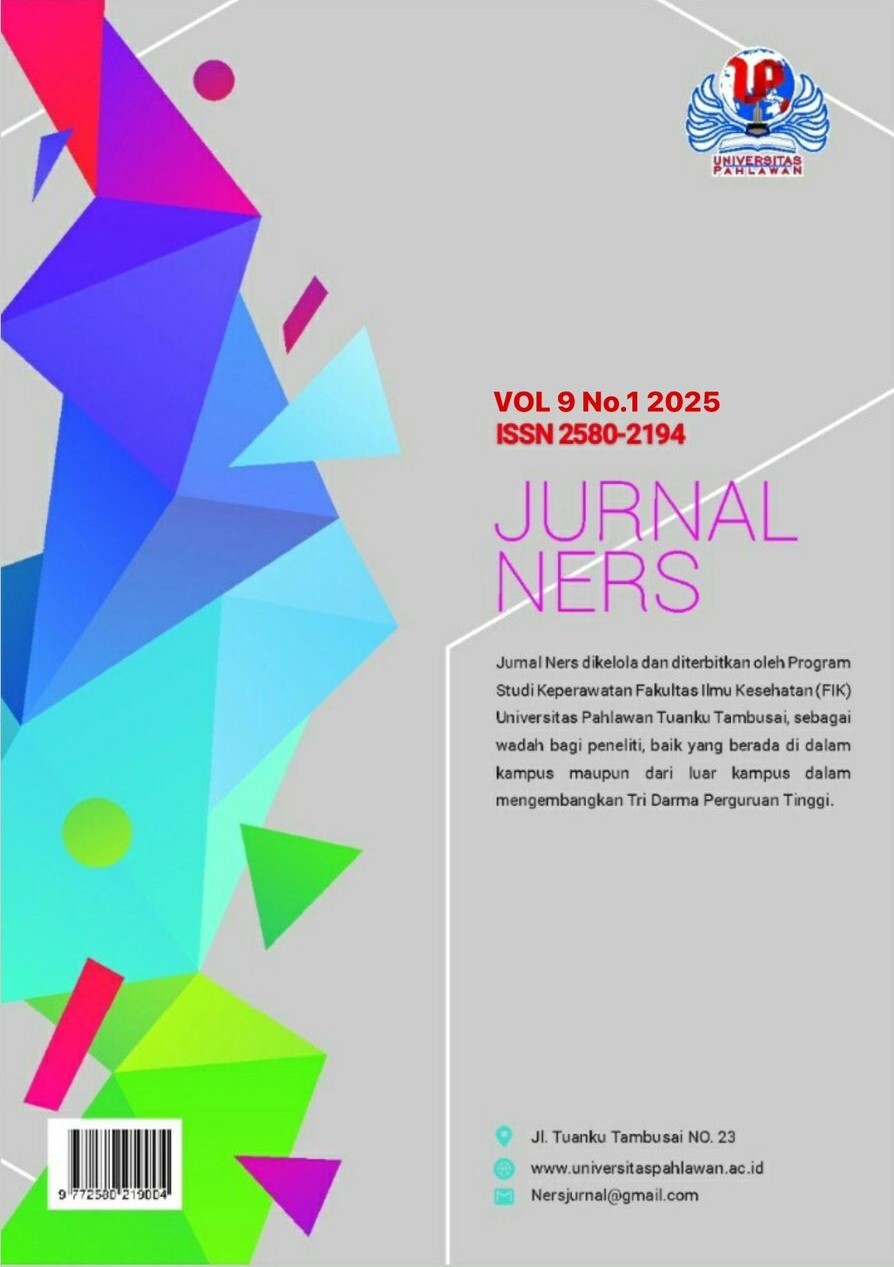Antibacterial Effectiveness Test Against Staphylococcus Aureus Bacteria in Periodontal Dressing Zoe With and Without Chitosan BSF (Black Soldier Fly)
DOI:
https://doi.org/10.31004/jn.v9i1.32238Abstract
Periodontal dressings has an important role in reducing the risk of infection and assisting in the wound healing processed after periodontal surgery. One of the materials used is ZOE-based. BSF chitosan is one of the ingredients that can be added to periodontal dressings. Periodontal dressing must have antibacterial properties, to increased effectiveness during the healing process. This study aims to determine whether there is antibacterial effectiveness against Staphylococcus aureus bacteria in ZOE periodontal dressing with and without BSF chitosan. Antibacterial testing was carried out using the well diffusion method with test groups using the ZOE control group, ZOE with 10% and 20% BSF chitosan. The results was analyzed using the Shapiro Wilk test, Levene test, One Way Anova followed by the Post Hoc Tukey HSD test (p>0.05). The results shows that ZOE periodontal dressing with and without BSF chitosan has antibacterial effectiveness in each treatment, but there is no significant difference between each group.Downloads
Published
2024-11-03
How to Cite
Supriatna, A., Nasroen, S. L. ., & Rahayu, A. P. . (2024). Antibacterial Effectiveness Test Against Staphylococcus Aureus Bacteria in Periodontal Dressing Zoe With and Without Chitosan BSF (Black Soldier Fly). Jurnal Ners, 9(1), 323–328. https://doi.org/10.31004/jn.v9i1.32238
Issue
Section
Articles
License
Copyright (c) 2024 Jurnal Ners

This work is licensed under a Creative Commons Attribution-ShareAlike 4.0 International License.
Authors who publish with this journal agree to the following terms: Authors retain copyright and grant the journal right of first publication with the work simultaneously licensed under a Creative Commons Attribution-ShareAlike 4.0 International License that allows others to share the work with an acknowledgement of the works authorship and initial publication in this journal. Authors are able to enter into separate, additional contractual arrangements for the non-exclusive distribution of the journals published version of the work (e.g., post it to an institutional repository or publish it in a book), with an acknowledgement of its initial publication in this journal. Authors are permitted and encouraged to post their work online (e.g., in institutional repositories or on their website) prior to and during the submission process, as it can lead to productive exchanges, as well as earlier and greater citation of published work (See The Effect of Open Access).







